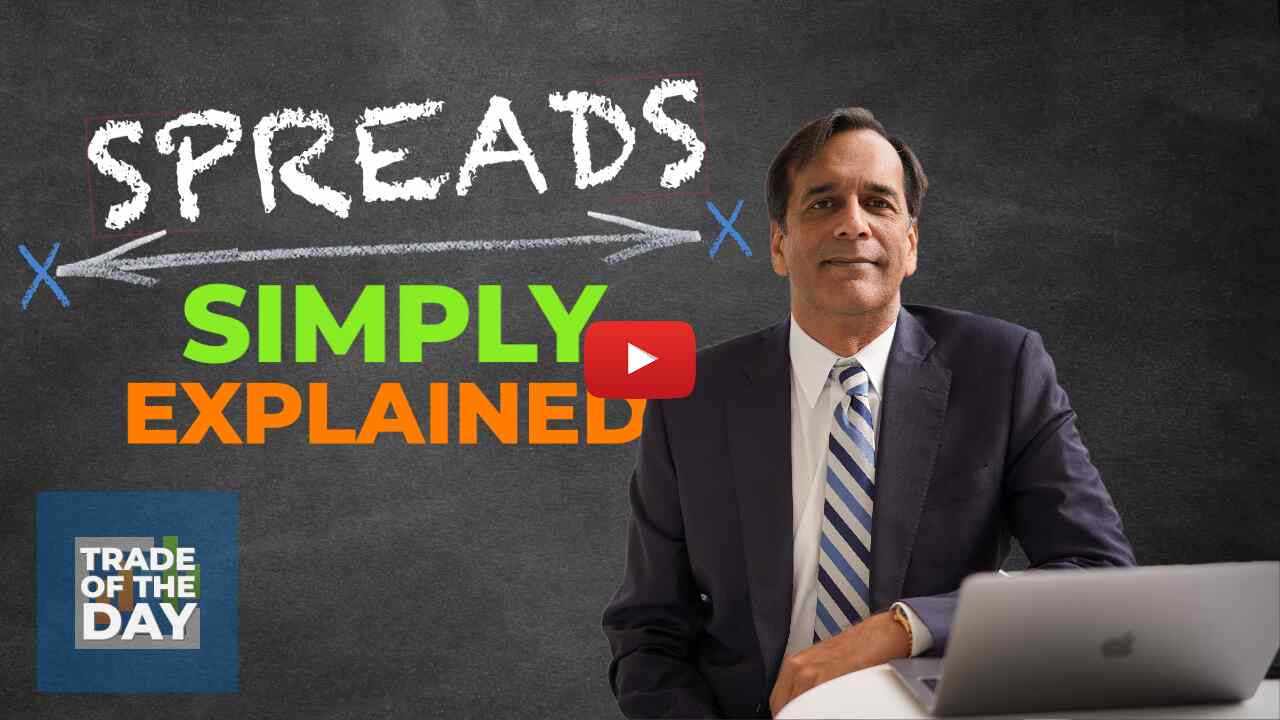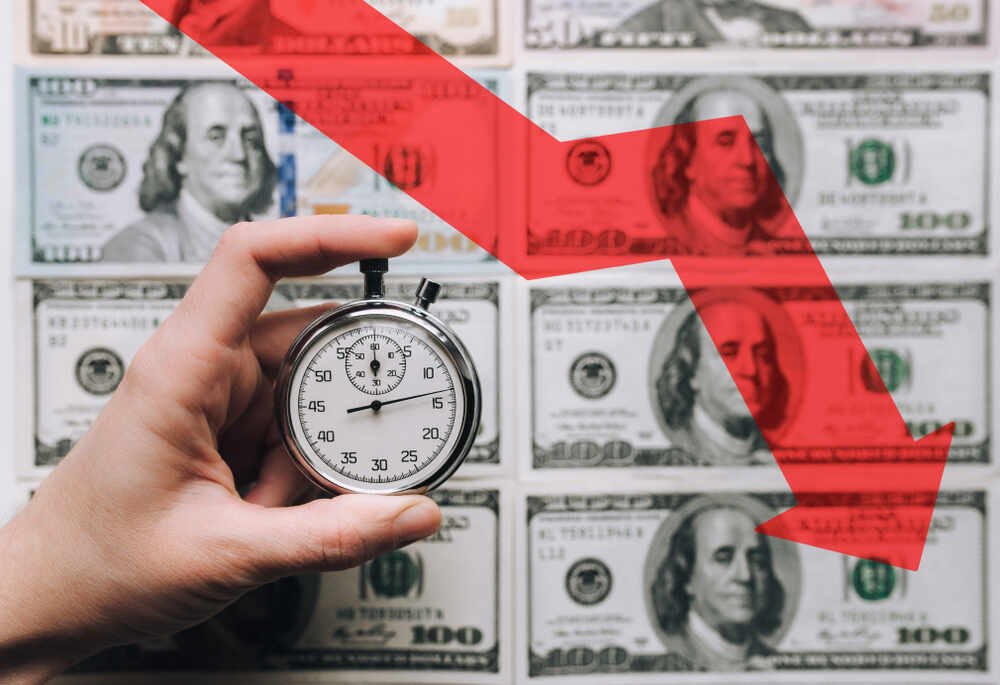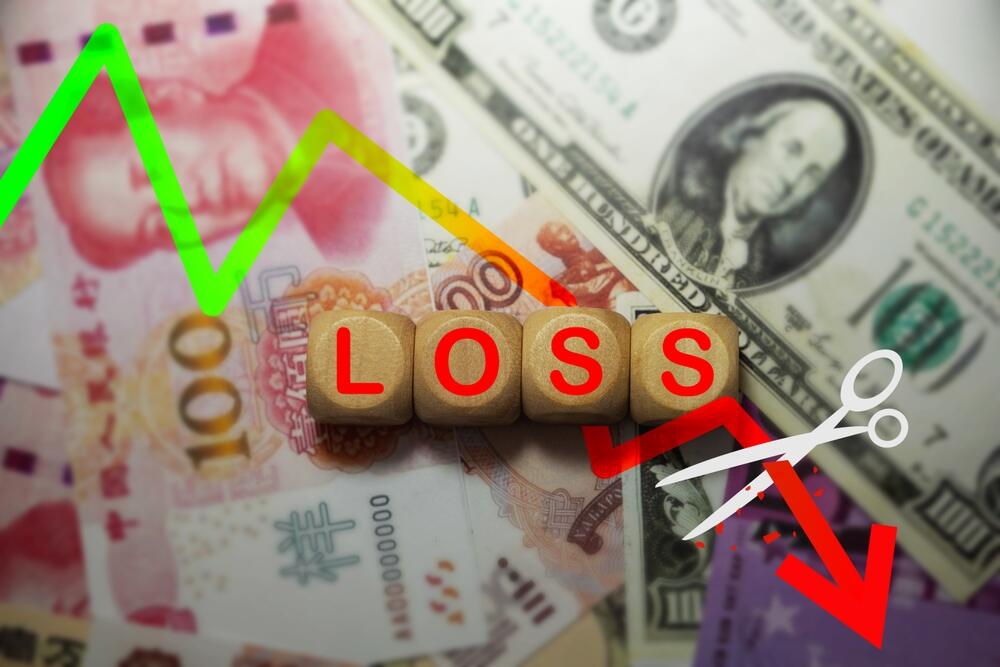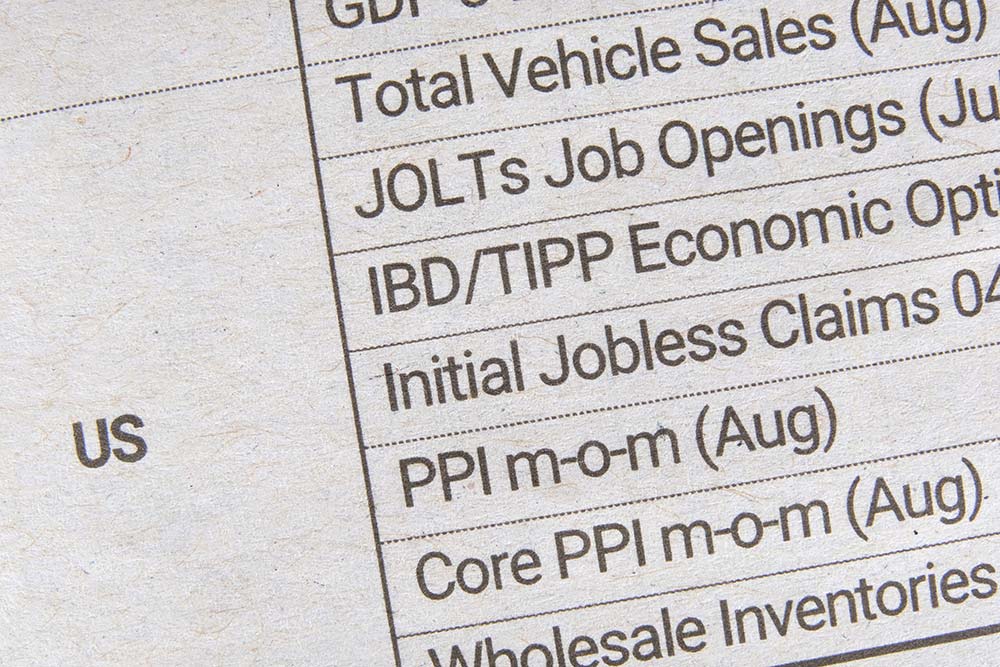My 5 Rules That Achieved a 98% Success Rate
Editor’s Note: Today, we’re going back to a Karim classic.
In this issue, Karim shares his FIVE rules that have achieved a 98% success rate. Now let’s jump into put selling with both feet!
– Bryan Bottarelli, Head Trade Tactician
Let’s get started…
When you sell a put, you are essentially saying the following…
I am selling a put option and collecting cash immediately for selling that option. Each contract that I sell obligates me to buy 100 shares of the underlying stock at the strike price. I can be put the shares at any time between now and expiration, but only at the strike price, and I can trade out of the puts at any time by buying them back. I can roll the puts forward if I don’t want to buy the shares.
Now, I admit, that was a lot…
But it’s important that you always understand what you are doing when it comes to money.
Most put sellers – more than 80%, maybe even 90% – do not know what they are doing. They sell puts that are at the money, hoping they don’t get put. That’s a bad bet.
In my experience, short-term put sellers will get put 80% of the time. That’s not good unless they really want to buy the underlying stock at market prices.
I don’t do that…
Instead of the nearly 100% probability I will get put if I sell at-the-market puts, I want to turn the tables on Wall Street and put the probability in my favor. The way I do that is by using several tools and rules, which I will share with you now…
- I never sell puts on stocks I don’t want to own. This is the most important rule of put selling. If I am selling puts hoping I don’t get put, I am chasing premium – a fool’s game.
- I sell only the number of puts that equate to how many shares I am willing to buy. Each contract equals 100 shares. This is automatic position sizing.
- I sell puts only if the probability of being put is LESS than 20%. You read that right – if I want to trade puts, as we do in The War Room, I want the probabilities to be in my favor. I don’t mind getting put (see the next rule), but I’d rather trade out of my put sells and book the gains early.
- I will sell puts only if the strike price is 20% to 50% below the current price. That is the discount I demand so that, if I do get put, I am buying the shares well below current prices. I call that my “down market protection plan.”
- I use fundamental analysis to determine which stocks I want to sell puts on. After all, if there is even a 20% chance that I will be put, I want to know exactly what I am buying and why.
Action Plan: If you follow the rules above, in my opinion, you will succeed much more than you will fail. And the track record of The War Room proves that beyond a doubt.
Now, if you don’t want to put in all the work and figure out all the formulas, it’s even easier. Sign up here for The War Room and get my best put sells in real time!
More from Trade of the Day
The Story Behind My 10 Bagger on RILY
Apr 25, 2024
A Silver Lining From Last Week’s Underperformance
Apr 24, 2024
How One Conversation Led to $100,000
Apr 23, 2024
How I Picked the Market Bottom
Apr 23, 2024



























